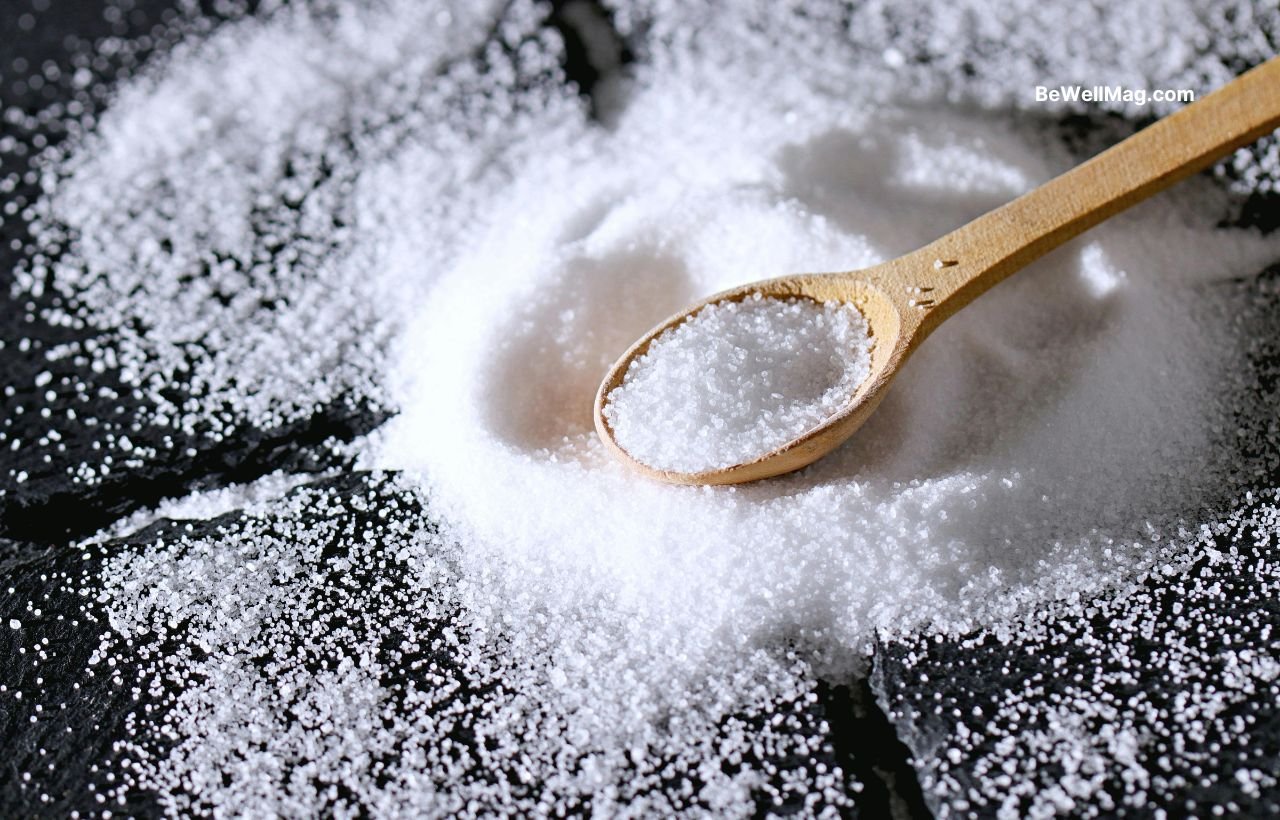Now Reading: How Much Sodium Is Right for You? Mastering Your Daily Sodium Intake
- 01
How Much Sodium Is Right for You? Mastering Your Daily Sodium Intake

How Much Sodium Is Right for You? Mastering Your Daily Sodium Intake
Master your daily sodium intake with expert guidance: balance salt, enjoy healthy meals, and promote optimal heart health for a vibrant and energetic life. Now.
Table of Contents
Salt—it’s the unsung hero of our diet and the stealthy culprit behind high blood pressure. In today’s fast‐paced world, where processed foods and dining out are the norms, understanding your sodium intake is more essential than ever.
Whether you’re an athlete perfecting your performance, a parent watching the family’s meals, or someone simply looking to boost their heart health, mastering your daily sodium consumption can transform your well-being. Let’s dive into the science, the stats, and the strategies that empower you to take control of your salt intake.
Understanding the Role of Sodium in Your Diet
Sodium is far more than just table salt. It plays a critical role in regulating fluid balance, ensuring proper nerve and muscle function, and supporting overall cellular operations. Without this vital mineral, our bodies would struggle to retain water, send signals to muscles, or maintain optimal blood pressure levels. However, like all good things, balance is key.
When you exceed recommended amounts, it can lead to hypertension, heart disease, and kidney stress. Recognizing the double-edged nature of sodium helps us appreciate why striking the right balance is so crucial.
Recommended Daily Sodium Intake
Numerous health organizations offer guidelines on sodium consumption. The American Heart Association suggests that most adults should aim for no more than 2,300 milligrams per day—with many experts recommending an ideal limit closer to 1,500 milligrams, especially for those at risk of cardiovascular issues.
For context, the average American diet often rations in around 3,400 milligrams of sodium per day, a figure that far exceeds these recommendations. Armed with these benchmarks, you can recalibrate your eating habits and make informed choices about every bite and sip.
The Health Implications of Too Much (or Too Little) Sodium
Excessive sodium intake stresses your cardiovascular system. It can cause water retention, increased blood pressure, and elevate the risk of heart disease and stroke. Conversely, under-consuming sodium isn’t usually a concern for most people, but dangerously low levels can lead to hyponatremia—a condition marked by muscle cramps, nausea, and fatigue. This nuanced relationship between sodium and health underlines the importance of fine-tuning your diet. By being mindful of what you eat, you can boost heart health, maintain energy, and keep your body functioning at its best.
Practical Tips for Managing Your Sodium Intake
Transitioning to a balanced sodium routine doesn’t mean sacrificing flavor. Here are a few actionable strategies:
- Read Labels: Processed and packaged foods often hide surprising amounts of salt. Get into the habit of checking nutritional info.
- Cook at Home: Experiment with herbs, spices, and citrus to enhance flavor instead of relying solely on salt.
- Plan Your Meals: A weekly plan can help you track and manage how much sodium you’re consuming, allowing you to make healthier substitutions.
- Stay Hydrated: Good hydration aids in balancing electrolytes, ensuring that sodium levels remain within optimal ranges.
- Educate Your Palate: Gradually reduce salt so your taste buds can adjust. Over time, you’ll begin to appreciate the subtle natural flavors of whole foods.
These straightforward changes can empower you to master your salt intake, transform your health, and even inspire those around you.
Key Takeaways
- Balance is Essential: Both excessive and insufficient sodium can harm your health; aim for moderate, informed consumption.
- Expert Guidelines Matter: Use recommendations from reputable organizations as your benchmark in managing sodium intake.
- Practical Changes Work: Simple adjustments like reading food labels, cooking at home, and hydrating can make a significant difference.
- Stay Informed: Leverage emerging trends and technological tools, such as health apps, to monitor and adjust your intake.
- Long-Term Benefits: Adopting these habits not only promotes heart health but also enhances overall vitality and well-being.
Conclusion
Achieving the right balance in your daily sodium intake is both attainable and essential for long-term health. By gaining a clear understanding of sodium’s role in your body, heeding expert recommendations, and implementing simple yet effective dietary changes, you take an important step toward safeguarding your heart and overall well-being. Embracing this balanced approach means not simply avoiding health risks but also enhancing your energy, vitality, and enjoyment of food.











